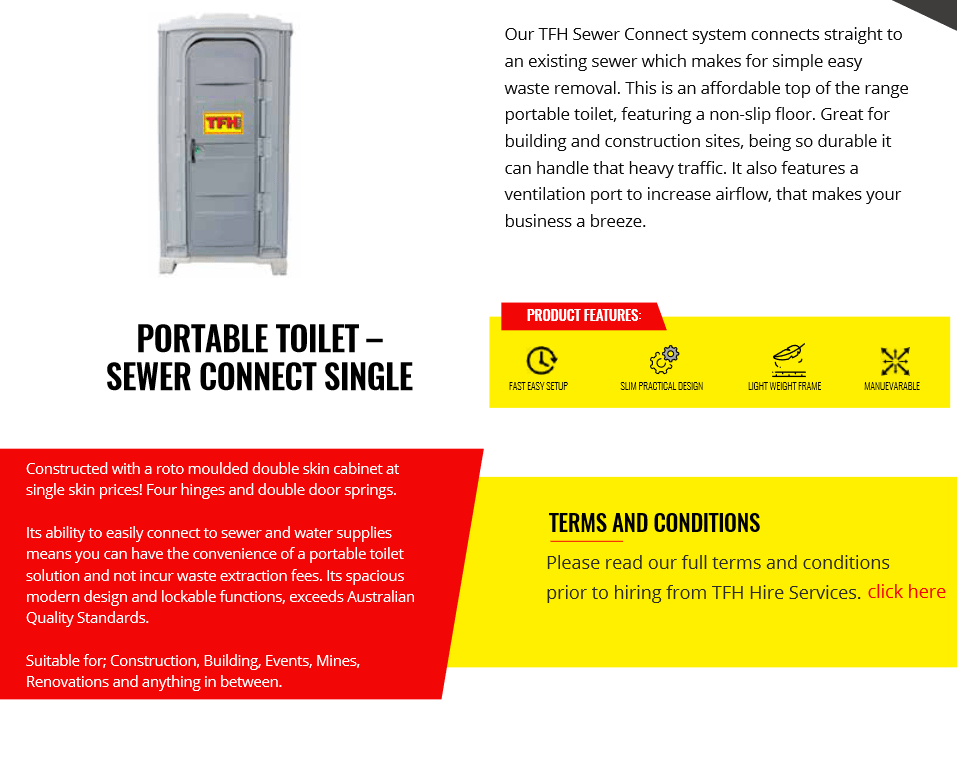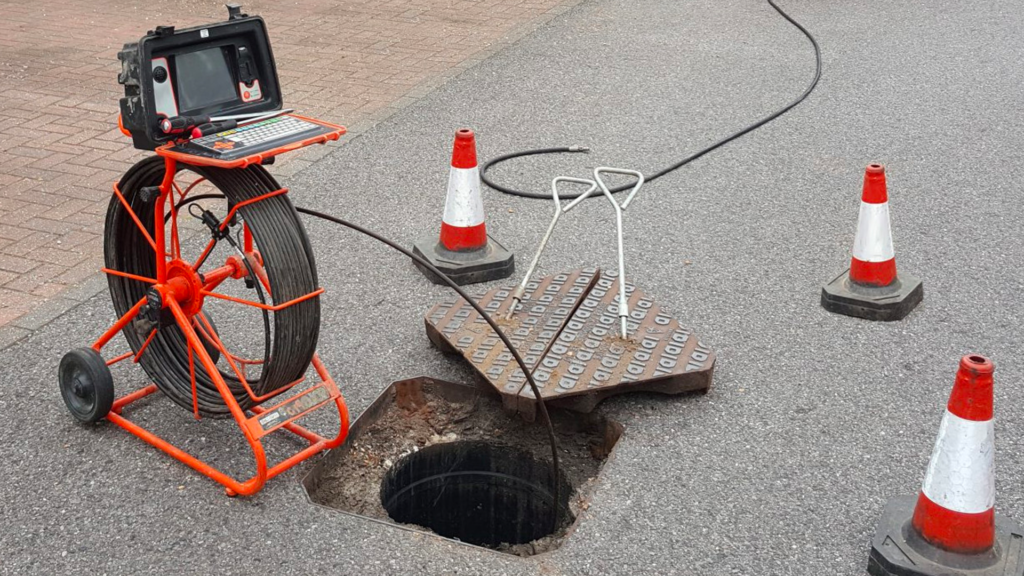The Definitive Guide for Reclaim Waste
The Definitive Guide for Reclaim Waste
Blog Article
Unknown Facts About Reclaim Waste
Table of ContentsThe 5-Second Trick For Reclaim WasteFascination About Reclaim Waste6 Simple Techniques For Reclaim WasteWhat Does Reclaim Waste Do?The Basic Principles Of Reclaim Waste
Domestic sewer waste refers to the waste and products from a household septic storage tank. The correct administration and disposal of residential sewer waste need liquid waste to be moved to a sewer treatment plant where the appropriate approaches and tools are used to detoxify and dispose of waste.
Business waste commonly includes potential threats, such as combustible materials or a combination of liquid and solid waste products, and requires an extra sophisticated and detailed disposal process. The disposal of commercial waste normally involves the purification of waste before transportation to ensure risk-free and proper disposal. Hazardous waste is produced from results and runoff of industrial processes and production.
This kind of waste can not utilize the same sewage administration transportation or procedures as septic or business liquids. The hazardous waste monitoring procedure requires the assessment and testing of fluid waste before it undergoes the disposal process (liquid waste removal). Overflow waste is the fluid waste that comes from drainage and excess stormwater in very inhabited areas or cities
Overflow waste can cause contamination and flooding if not handled properly. Guaranteeing appropriate waste management can avoid catastrophes and lower environmental harm.
Fascination About Reclaim Waste
Get in touch with PROS Solutions today to discover our waste management and disposal solutions and the proper means to care for the liquid waste you produce.
(https://www.awwwards.com/reclaimwaste1/)Do you know what occurs to your water when you disengage, purge the commode or drain the cleaning device? No? Well, it deserves understanding. This supposed 'wastewater' is not only a crucial resource however, after treatment, will be launched to our land, rivers or the ocean. Made use of water from commodes, showers, bathrooms, cooking area sinks, washings and industrial processes is called wastewater.

water made use of to cool down machinery or tidy plant and devices). Stormwater, a form of wastewater, is drainage that flows from farming and urban locations such as roofing systems, parks, gardens, roads, paths and seamless gutters into stormwater drains pipes, after rain. Stormwater moves untreated straight to local creeks or rivers, ultimately getting to the sea.
Getting My Reclaim Waste To Work
In Queensland, visit site most wastewater is dealt with at sewer treatment plants. Wastewater is transported from residential or industrial websites with a system of drains and pump stations, understood as sewerage reticulation, to a sewer therapy plant. City governments develop, preserve and operate most sewer treatment plants. Operators are certified under the Environmental Defense Act 1994 to discharge cured wastewater at an appropriate ecological requirement right into rivers.
The Division of Natural Resources recommends regional federal governments about managing, operating and maintaining sewerage systems and therapy plants. In unsewered locations, city governments may need homeowners to mount specific or household sewage therapy systems to treat residential wastewater from commodes, kitchen areas, washrooms and washings. The Department of Natural Resources authorises making use of household systems when they are confirmed to be reliable.
A lot of stormwater receives no therapy. In some new communities, treatment of some stormwater to eliminate trash, sand and crushed rock has started using gross toxin traps. Wastewater treatment happens in four phases: Removes strong issue. Bigger solids, such as plastics and other objects wrongly released to drains, are removed when wastewater is travelled through screens.
Uses small living microorganisms recognizes as micro-organisms to damage down and remove staying liquified wastes and great bits. Micro-organisms and wastes are included in the sludge.
Some Known Incorrect Statements About Reclaim Waste
Nutrient removal is not readily available at all sewer therapy plants since it calls for expensive specialized devices. Clear liquid effluent generated after therapy might still have disease-causing micro-organisms - liquid waste removal.

The majority of wastewater moves into the sewage system. Under the Act, regional governments administer authorizations and permits for ecologically relevant tasks (ERAs) entailing wastewater launches that might have a neighborhood impact.
What Does Reclaim Waste Mean?
Monitoring offers valid details concerning water top quality and can validate that licence problems are being fulfilled. The details obtained through monitoring provides the basis for making water quality decisions.
Report this page